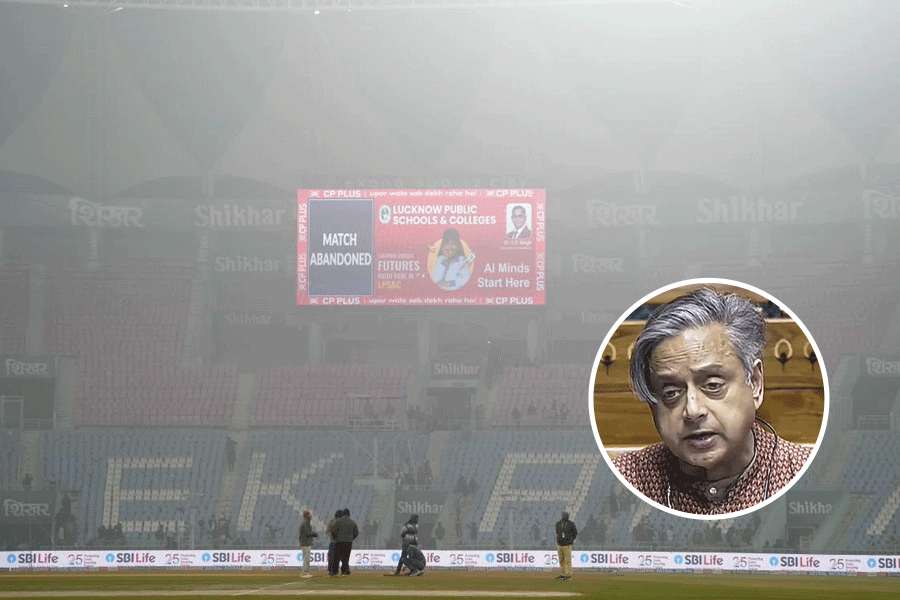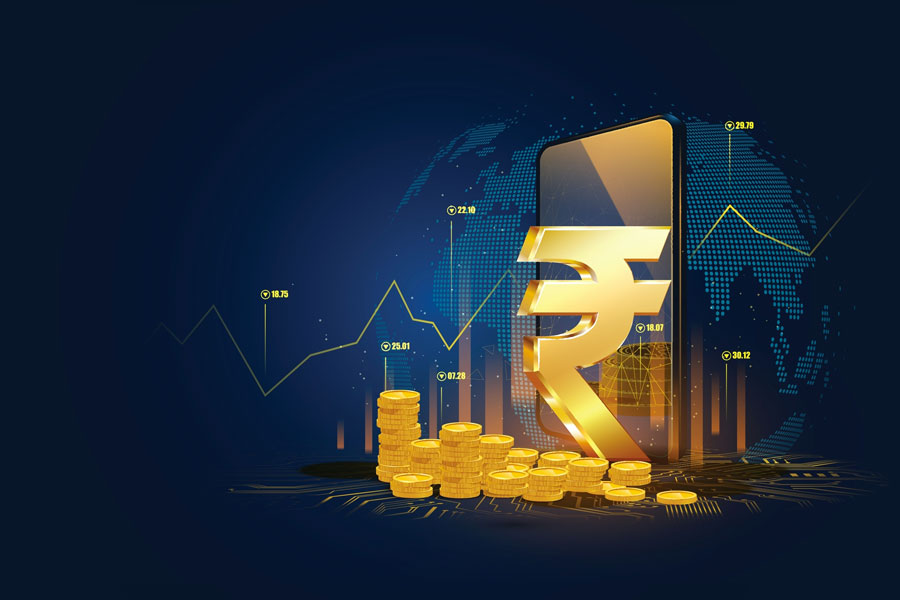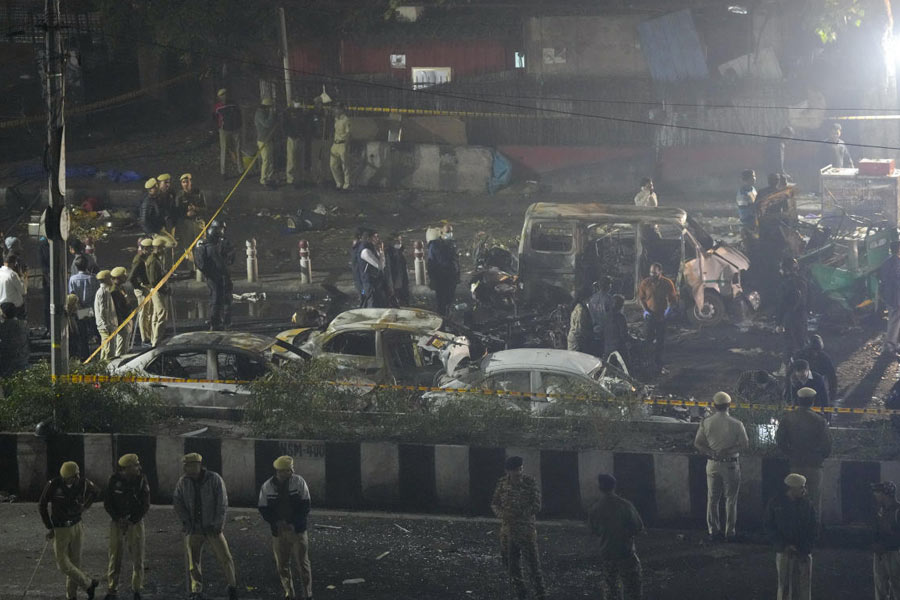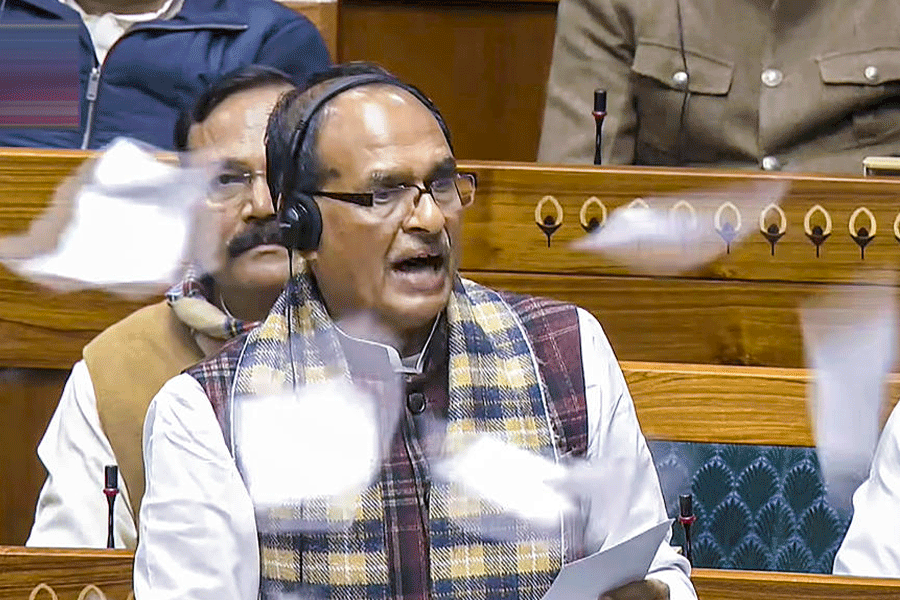|
|
As I write this, members of the Congress party are celebrating a most unexpected victory. Before the election results, the exit polls suggested that the Congress and its allies would obtain only a slender lead over their main rivals. The unanimous prediction was of a hung Lok Sabha — no one expected the United Progressive Alliance to come within smelling distance of an absolute majority on its own. By the time this piece comes out in print, we will know the exact composition of the government. Whatever the composition, it is certain that the next government in Delhi will be a stable one. No member of the ruling coalition will have the power to ‘blackmail’ the Congress or hold it to ransom.
While it is too early to conduct either post-mortems of why the UPA succeeded so unexpectedly or precise predictions of what we can expect from the next government, it is only natural to speculate on what the future holds for us. In terms of expressions of expectations and demands, the corporate sector has been quick off the mark. It has already welcomed the electoral verdict. One leading industrialist hoped that the Congress can now pursue its policies without having to “worry about hotch-potch partners”. Along the same lines, the Federation of Indian Chambers of Commerce and Industry president expressed happiness “that we have a verdict which is clear and not fractured”, and went on to state that “this will help the government take quick and decisive action.”
It is certainly true that the last couple of ruling coalitions in Delhi have been large and unwieldy. There is also little doubt that this has often impeded the implementation of economic reforms, which would have been welcomed by the corporate sector. Of course, some reforms have been implemented — and big ones at that. The best example of this is the passing of the National Rural Employment Guarantee Act. Although there are legitimate doubts about whether the NREGA is the most effective means of redistribution, it has certainly been amongst the most important economic reforms undertaken by any Indian government.
Unfortunately, the term, ‘economic reform’, has come to acquire a somewhat narrow connotation. It has come to mean only those changes that make the economy more market-friendly, while pro-poor policies are typically dismissed as populist measures and denied the status of “reforms”. Taking a broader interpretation of reforms, can we really expect decisive action for change from the government? Equally important, what kind of changes can we look forward to?
The pattern of electoral verdicts across the different states has emphasized that Indian voters do look beyond caste and religion. By all accounts, Nitish Kumar has been extremely successful in his efforts to develop Bihar following particular policies favouring people at the lower end of the income distribution. Voters have rewarded him for this by giving him a huge majority quite against the national trend. The state government in Andhra Pradesh also implemented some redistributional policies such as a health insurance scheme for the poor. This paid the Congress rich dividends in that state. Similarly, voters have also rewarded efficient governance in Orissa.
The cynical Indian — and who can blame him? — will claim that Indian political parties take bold and decisive action only if these generate additional votes. Bihar, Andhra Pradesh and Orissa suggest that it is in the interest of the UPA government to implement policies that accelerate growth and development. However, this does not necessarily imply that the government will undertake reforms of the kind favoured by the corporate sector because there is no convergence of views in India about what constitutes the best route to increased prosperity for all groups in society.
It is perhaps fair to say that only some factions and leaders of the Congress have a strong preference for market-friendly reform. This group contains heavyweights like the prime minister and P. Chidambaram, but it certainly does not constitute a majority in the party. This faction will have to contend with opposition within the party as well as with mavericks like Mamata Banerjee, whose current electoral success is due in large measure to her campaign against accession of agricultural land to promote industrialization. It is anybody’s guess as to what sort of policies she will support while in government. But surely everyone’s priority must be that she cannot possibly be a pin-up girl of Ficci and the Confederation of Indian Industry?
The pro-reform faction may well find it politically expedient to achieve small victories by pursuing a gradualist path of taking tiny steps towards a more market-friendly economy rather than attempting any big-ticket reform. At the same time, it may increase spending in the social sectors in order to enhance its pro-poor image. So, perhaps we will see an expansion in the reach of the NREGA, the setting up of more universities and the like.
Much depends on the overall economic environment in the coming months. One possible scenario is that the recession in the global economy touches a new low, or at least continues to remain at current levels. Despite the relatively small size of the Indian export sector, we cannot hope to insulate ourselves from these global trends. The Indian economy too will slow down, and the government will have to expend considerable resources in fire-fighting exercises. In this case, it will become difficult for the government to increase expenditure in the social sectors since the lower level of domestic activity will mean that government tax revenues will take a big hit. The attendant ‘political economy’ of this scenario will also impinge on the government’s abilities to carry out even small market-friendly reforms. Since the ills of the capitalistic system are typically blamed for the current crisis, it will become politically more difficult to effect changes which imply a lower degree of government control over the economy.
However, an alternative scenario is eminently possible. Several policy-makers on both sides of the Atlantic have started talking about the “green shoots” of recovery, claiming that the worst is behind us. For instance, the chairman of the European Central Bank has just issued a statement that even the countries in eastern Europe — which have been more severely affected by the recession than those in western Europe — will soon come out of the downturn. Some independent analysts claim that an analysis of leading economic indicators also suggests that economic recovery may start by the end of the year. Other economists are not so optimistic, though everyone agrees that the rate of economic decline has slowed down significantly.
If these “green shoots” do blossom into a full-fledged recovery, then the Indian economy will also be able to attain growth rates that are close to double digits. Public opinion will then view attempts towards greater integration with global markets more favourably. But, all this will take time. In the immediate future, the corporate sector will probably end up disappointed if it expects any major change in economic policy.











